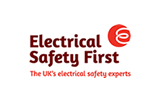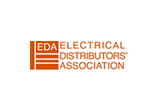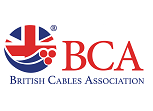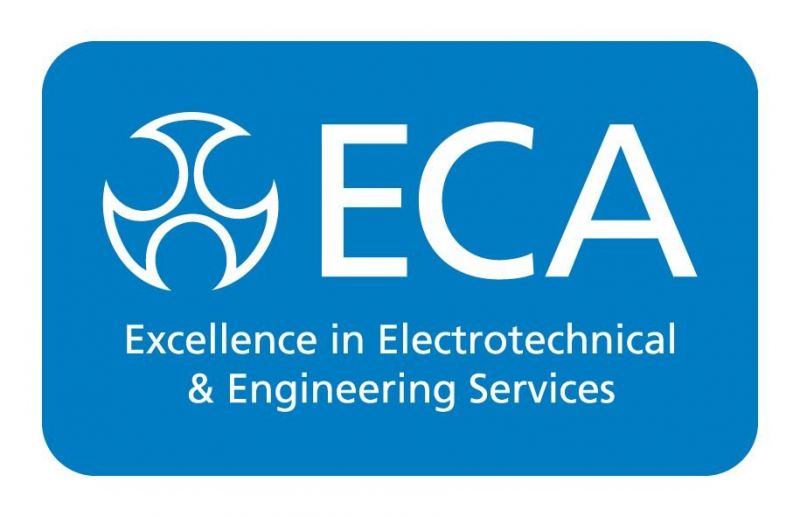ACI calls on cable supply chain to note their LVD responsibilites
The Approved Cables Initiative (ACI) is questioning importer and distributor awareness of changes under the revision of the Low Voltage Directive (LVD).
The Low Voltage Directive (originally 73/23/EEC, and later 2006/95/EC) is the oldest of the New Approach Directives* (NAD) adopted by the European Union to support the Single Market. It provides common broad objectives for electrical safety regulations, and covers all electrical equipment and components designed for use with a voltage rating of between 50 and 1000 V for alternating current and between 75 and 1500 V for direct current.
Published last year, the revised LVD (2014/35/EU) is due to be fully enforced at national level in April 2016. After a UK public consultation later this year, it will be released as a revision of the Electrical Equipment Safety Regulations.
The common broad objectives for safety regulations ensure that electrical equipment conforming to pan-EU requirements will be acceptable to use in all EU countries. These common elements do not include any specific technical standards that must be met, instead relying on CENELEC technical standards to guide designers to produce safe products.
Commenting on the revised LVD, Peter Smeeth of the Approved Cables Initiative said: “The recast LVD includes details of the responsibilities of those in the supply chain and goes beyond the original directive where a high level of responsibility was placed on the manufacturers or their authorised representatives in the EU. Now importers and distributors have very clear responsibilities.
“We want to make sure that those in the cable supply chain are fully aware of what they need to be doing to ensure compliance. For instance, the directive requires the importer to check that the manufacturer has correctly fulfilled his obligations and that the importer realises that he is not merely a re-seller of products but that he has a key role to play in guaranteeing the compliance of imported products.”
Before placing a product on the market the importer must be confident that:
A distributor must be able to identify the manufacturer, his authorised representative, the importer or person who has provided him with the product in order to assist the market surveillance authority in its efforts to obtain the EU Declaration of Conformity and the necessary parts of the technical documentation.
Before making a product available on the market, the distributor must verify the following formal requirements:
Peter Smeeth continued: “It is clear that the traceability of products, in its widest sense, is paramount in allowing all Economic Operators to fulfil their obligations with the minimum of expense or waste of resources.
“We understand UK cable manufacturers are doing, and will do, their utmost to ensure that such traceability can be fulfilled, and one way is to make sure that reasonable marking is applied to the cable surface.
“By marking the name of the manufacturer, the number of a relevant national, European or international standard, any recognised coding and a year/date of manufacture it should be possible for all Economic Operators, including the ultimate end-user, to have greater confidence as to the origin of the cable.”
The Approved Cables Initiative last year updated its cable marking guide which can be downloaded here . If you have any concerns regarding sub-standard, defective or faulty cable, the Approved Cables Initiative can be contacted on 0208 946 6978/07973 636688 or you can email info@aci.org.uk . For further information about the ACI campaign visit www.aci.org.uk






















